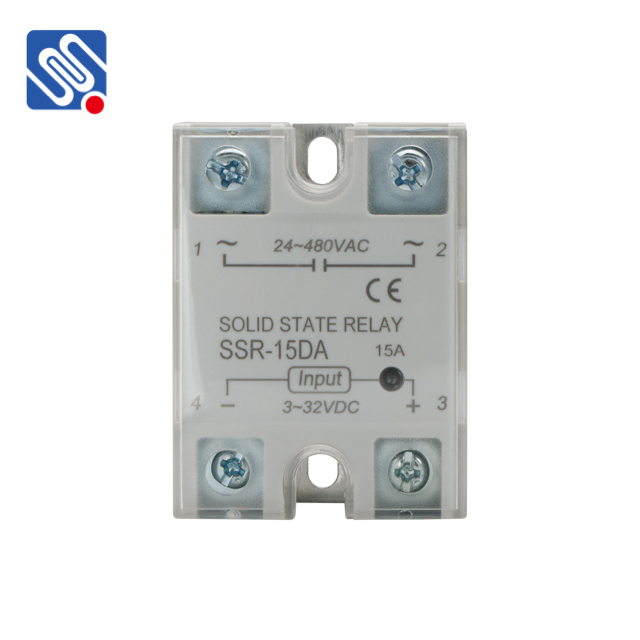Relays are essential components used in a variety of electrical circuits, from industrial machinery to everyday appliances. They are designed to open and close contacts in order to control electrical circuits. Understanding the lifespan of a relay is crucial for ensuring the reliability and efficiency of these systems. A relay’s lifespan refers to the number of times it can operate—specifically the number of times it can switch between its on and off states—before it experiences failure. While this lifespan is generally quite long, several factors can affect how long a relay lasts.

Factors Affecting Relay Lifespan Mechanical Wear: Every time a relay operates, it undergoes mechanical stress as its contacts open and close. This mechanical action can lead to the gradual wearing out of the components, especially the contacts. Over time, this wear can result in contact degradation, which may cause the relay to fail to operate or lead to poor connection quality. Electrical Load: The amount of current and voltage that a relay is required to control plays a significant role in its lifespan. If a relay is exposed to high electrical loads, such as large currents or frequent voltage surges, its contacts can suffer from arcing or pitting. Arcing occurs when the electrical current briefly jumps across an open contact, causing damage to the surface of the contact. This can shorten the relay’s lifespan dramatically.